"Auguste Chabaud (1882-1955) "road From Frigolet To Le Pied De Boeuf" Grand Fauve Provençal, G"
Important and sublime oil/canvas by Auguste Elysée Chabaud titled on the back on a workshop label "N° 2535, Route de Frigolet vers le pied de bouche, circa 1930" ° signed lower left in the hand of the painter. Format without frame 50x73cm and 64x87cm including frame. It is therefore a magnificent composition with a Fauve tendency by Auguste Chabaud, therefore produced around 1925/1930, the end of the blue period where Prussian blue dominates, here he plants his chavalet in his heart region, the Alpilles near de Graveson where he lived (where today you can go and admire the Auguste Chabaud museum, which I recommend). He therefore uses as usual a strong and powerful drawing, surrounded by black, and paints the mountain, with its road lined with olive trees in tones of Prussian blue, browns, beige, ochre, khaki green, orange and even very subtle and superb touches of purple/purple in the tufts of vegetation at the bottom right. A superb major work from the end of his blue period. I no longer present Auguste Chabaud, one of the most famous Provençal Fauve painters with Camoin and Seyssaud. Auguste Elysée Chabaud born October 3, 1882 in Nîmes and died May 23, 1955 in Graveson is a French painter and sculptor. Entering the Avignon School of Fine Arts in 1896, Auguste Chabaud's master was Pierre Grivolas. Then in 1899, he left for Paris to continue his studies at the Académie Julian and the École des beaux-arts, in the studio of Fernand Cormon (1845-1924). He met Henri Matisse and André Derain. His parents' wine estate suffered the crisis of 1900, forcing Auguste Chabaud to return to the South. In 1901, Auguste Chabaud had to leave Paris to earn a living, he embarked as a pilot (or pilot) on a ship and discovered the west African coast. The same year his father died; he inherits with his brother the wine property and the land that only his brother will manage. During this period, Chabaud worked a lot on butcher paper. From 1903 to 1906, he did his military service in Tunisia, from where he returned with sketchbooks filled with local images, including numerous drawings of soldiers, natives and bar scenes populated by girls and sailors. . Back in Paris, Chabaud began in 1907 at the Salon des Indépendants exhibiting among the Fauves. He will discover a new life, that of the Parisian night and cabarets. Collectors are starting to take an interest in his work. In Montmartre where he has his studio, he paints busy or deserted streets and squares, nightlife scenes and brothels. In 1911, he began his Cubist period, working in large formats and sculpting. Numerous exhibitions followed, including that of New York in 1913 where he exhibited alongside Henri Matisse, André Derain, Maurice de Vlaminck and Pablo Picasso, then in Chicago and Boston. His paintings from the Fauvist period describe Parisian nightlife: cabarets, café theaters, prostitutes, in bright colors (yellow, red) contrasting with the colors of the night (navy blue, black). On his return from the First World War, in 1919, Auguste Chabaud settled permanently in Graveson, in the family property, the Martin farmhouse located at the foot of Montagnette. From 1920, he began his blue period where he used Prussian blue in its pure state, in which Provence, its characters and its customs were highlighted. The South, which he never stopped painting, even in his Parisian period, will henceforth occupy him exclusively. As Paul Cézanne had done with the Sainte-Victoire mountain, Auguste Chabaud immortalized “la montagnette”, painting countryside scenes, peasants surveying the hills and paths of the Alpilles. He remained there until the end of his life, living secluded in his house with his wife and seven children. Nicknamed the “hermit of Graveson”, he died in 1955. Some of his works are preserved in Marseille at the Cantini museum, in Paris at the National Museum of Modern Art, at the Museum of Modern Art of the city of Paris, and in Geneva at the Petit Palais. In 1992, the regional council of Provence-Alpes-Côte d'Azur opened a museum in his honor in Graveson. Painters regularly pay tribute to him, such as Claude Viallat in 2003. Auguste Chabaud wrote poems and books such as L'Estocade de vérité, Le Tambour Gautier, Je m'ai se pour Démosthène. Today its popularity is of course international, with prices reaching up to more than €100,000 for works from his Fauve period, including several paintings from the Alain Delon collection which have reached record prices. This canvas is in perfect original condition, delivered in a modern gold frame. Guaranteed authentic work 













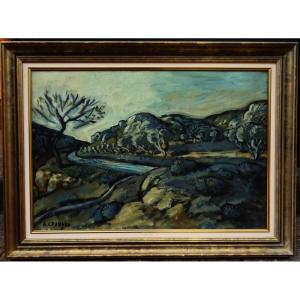












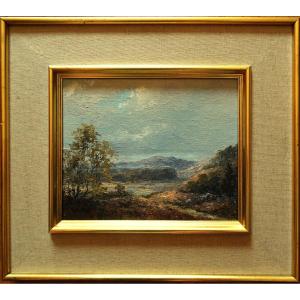

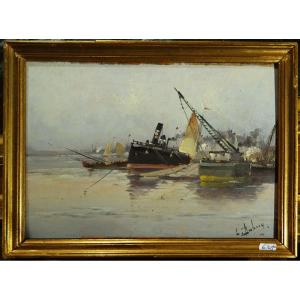


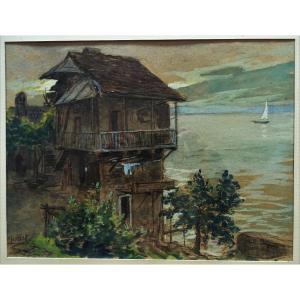


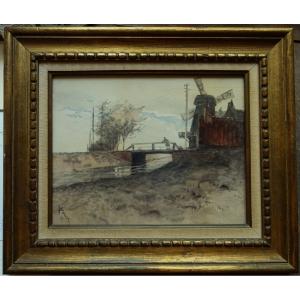


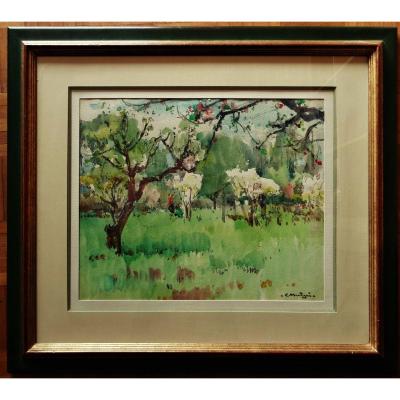
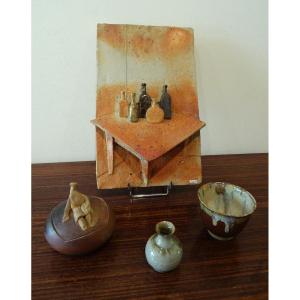
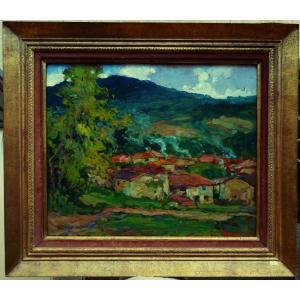
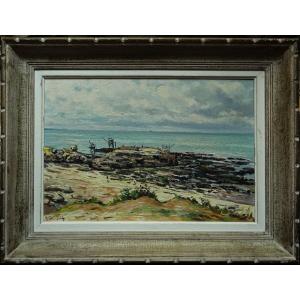
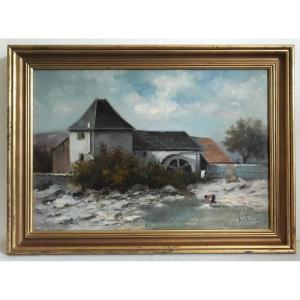
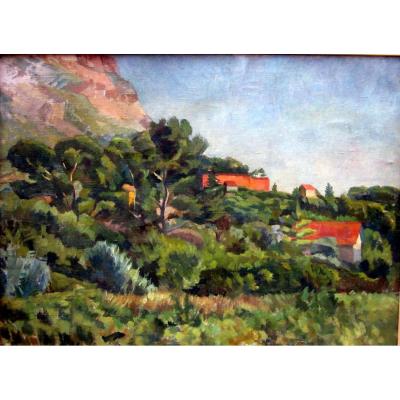







 Le Magazine
Le Magazine Rivista Artiquariato
Rivista Artiquariato TRÉSORS magazine
TRÉSORS magazine